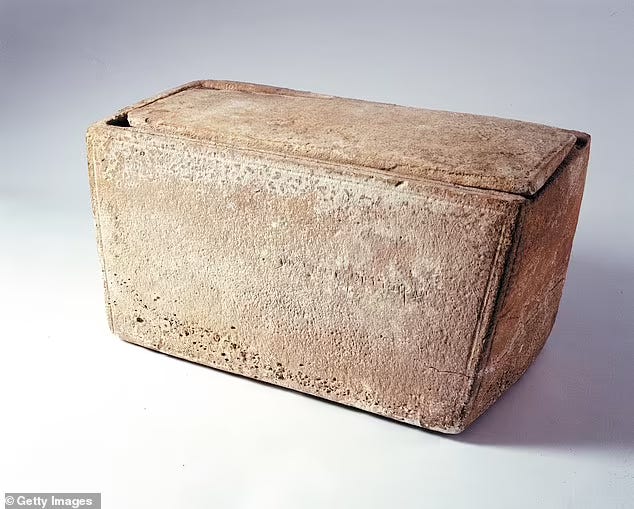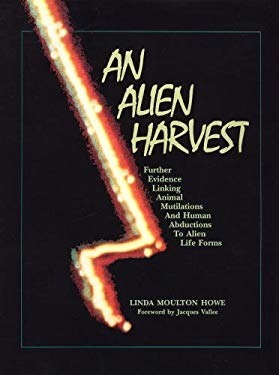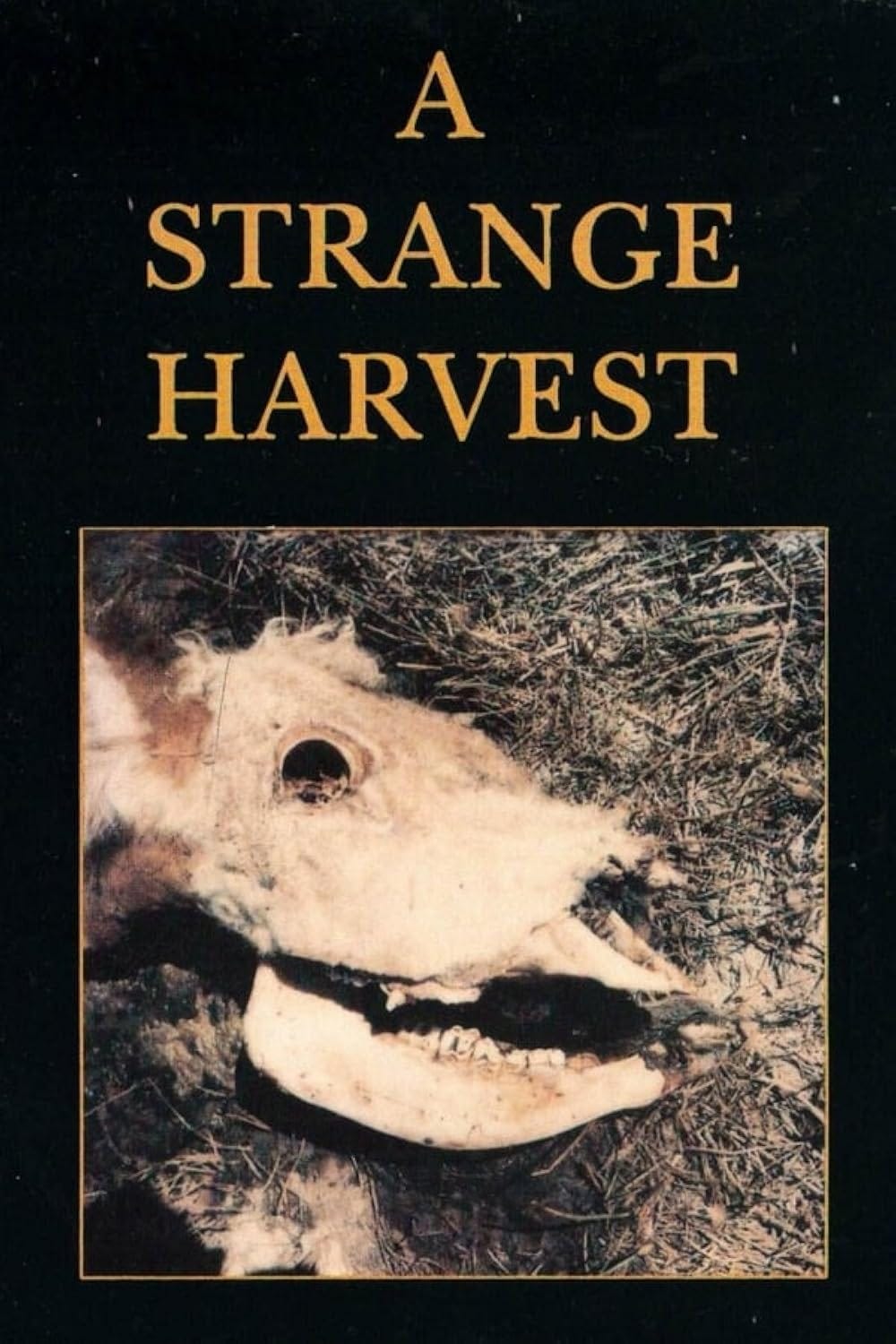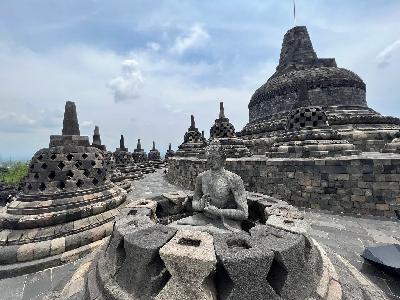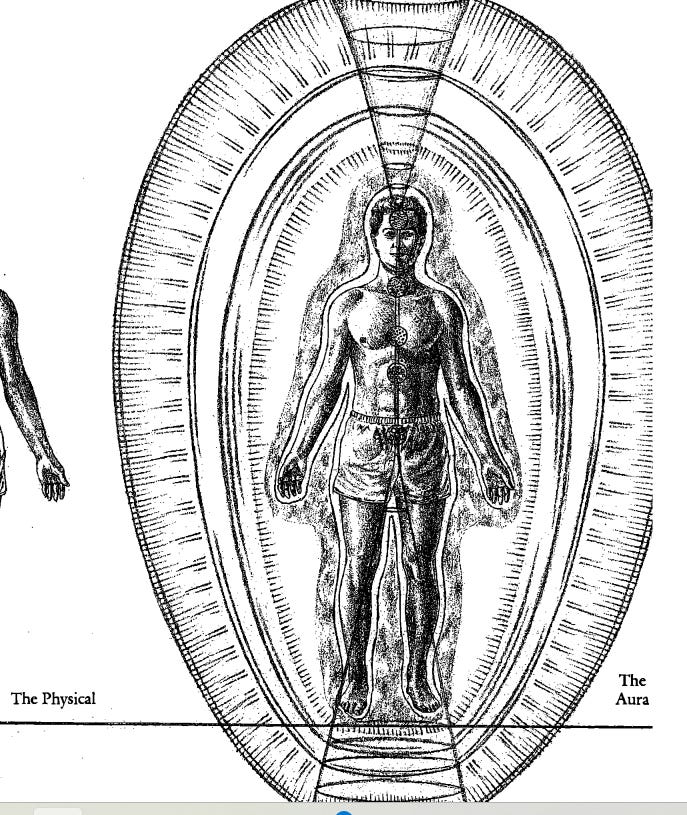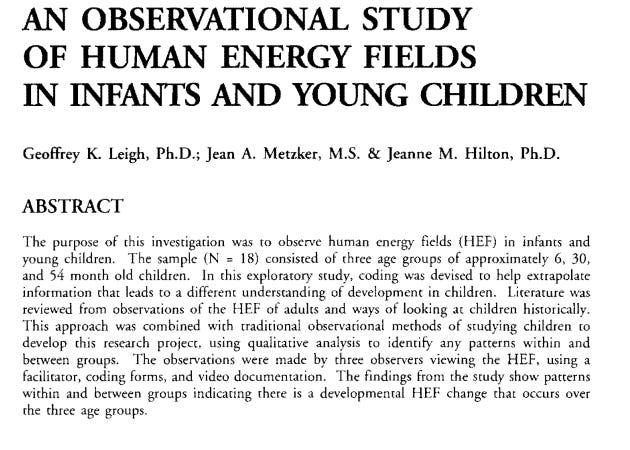Enlil, Enki and Atrahasis
Description
So it begins…(this is from the Stephanie Dalley translation, available for free pdf download)
The Epic of Atrahasis, a Babylonian story about the Great Flood, was written down in the mid-17th century BCE. However, the tale itself is considered to be much older, potentially dating back to the 18th century BCE. The oldest known copy of the epic is dated to 1646-1626 BC during the reign of King Ammi-Saduqa of Babylon according to Bible.ca. Fragments of the story were discovered in the 19th century, and a more complete version was assembled in 1965.
Here's a more detailed timeline:
* Oral Tradition:
The story of Atrahasis likely circulated orally for a long time before being written down.
* Old Babylonian Period:
The most complete version of the epic, written on three clay tablets, dates back to the reign of Ammi-Saduqa (1646-1626 BC).
* 19th Century:
Fragments of the Atrahasis epic were discovered, including some in the Library of Ashurbanipal. George Smith famously translated a tablet in 1872, exclaiming that he was the first person to read it in over two thousand years.
TABLET I OBV i When the gods instead of man1 Did the work, bore the loads, The gods' load was too great, The work too hard, the trouble too much, The great Anunnaki made the Igigi Carry the workload sevenfold. Anu, their father, was king, Their counsellor warrior Ellil, Their chamberlain was Ninurta, Their canal-controller Ennugi. They took the box (of lots) ... , Cast the lots; the gods made the division. 4 Anu went up to the sky, (And Ellil (?)] took the earth for his people (?). The bolt which bars the sea Was assigned to far-sighted Enki. 5 When Anu had gone up to the sky, (And the gods of] the Apsu had gone below, The Anunnaki of the sky Made the Igigi bear the workload.
These Igigi, Elena Danaan has described as reptilian servants of the Anunnaki from the Sirius B constellation (Allah is the Lord of Sirius).
The Law of One suggests that in addition to making us as servants, Yahweh was interested in (75,000 years ago) in making our brains better able to rationally accept or approach an understanding of the Spirit. We are still in the process of approaching spiritual understanding. We have been retarded on this planet as it has been in the interest of the service to self or negatively oriented extraterrestrials and human minons to keep humanity ignorant and under religious or political control.
My challenge is to make these stories one. To suggest that beings who colonized the Sirius B star system became invested and interested first in the Orion star gate and began to fight against other groups in the area. To make peace with the Alpha Draconians, Anu had courtship with their queen, and Enlil or Yeu was the offspring. Enki is the offspring of Anu and another wife so Enki is more human although he is Anunnaki while Enlil is more reptilian to our eyes. However, it seems the Anunnaki in general utilized like Reptilians as servants known as the Igigi.
Here is a video describing the little reptilian figurines found by the British in Iraq many moons ago.
We don’t really know. Those could be the Nagas who originally created the dinosaurs before they were swept off the surface of the planet by the Galactic Federation (or more accurately, by the Seeders, as the Galactic Federation originated in the post-Roswell / post-MJ12 galaxy based on the need to defeat the alliance of the Nebu Gray and the Alpha Draconian Siachar reptilians, but I digress.
It is important to note that when the Law of One says the Orion Group, they are referring to an alliance between Nebu Grays, Siacchar reptilians and Aldebaron renegade nordics who later made contact with Maria Orsic and helped to transform the Nazis into a breakaway civilization that literally lost the war so that they could go conquer the galaxy. Okay, now I have really digressed. Let us return to the Igigi.
Indeed, however you want to slice it, these reptilian figures were here before the recent bad guys came aboard the starship Earth. I submit that these individuals worked for the Anunnaki, who were depicted thusly.
In Persian Zorastrianism, Ahura Mazda is depicted thusly…
It’s funny how we spend all this time trying to conquer Iran and Iraq and you would think with sky gods who like this, we could’ve made peace and fostered cross-cultural understanding. Instead, we have obscured the story behind the veil of Ancient Aliens so that you don’t naturally connect this image to the tree of life in the Bible.
We don’t know what’s in the bag or why he’s pointing a pine cone, but we definitely see some common motifs in the imagery.
We gotta a beard, a bag, an elongated skull, wings, and a pine cone.
Now, Matthew LaCroix has connected these images, motifs, and iconography back to Turkey and the culture around Lake Van.
Sometimes we get the eagle mask or face instead of the bearded bro, but the rest of the iconography is constant.
Now I suspect the entire Sumerian civilization, like the Egyptian, is based upon the remnants of an even earlier culture that had much extraterrestrial involvement. The Sumerian Kings list, along with the Atrahasis, points to a pre-diluvian age in which kings reigned for tens of thousands of years.
Quotes from the Sumerian Kings List:
“After the flood had swept over the earth and when kingship was lowered again from heaven…”
king list, according to source 1.
This mention and the fact that the lengths of life spans changes is an argument for the Bible’s account of a great flood.
“After the kingship descended from heaven, the kingship was in Eridug. In Eridug, Alulim became king; he ruled for 28800 years. Alaljar ruled for 36000 years. 2 kings; they ruled for 64800 years.“
king list, according to source 2
Whoa. That is definitely off the rails in lifespan, as far as I know. The oldest life span reported in the Bible was Methuselah, who died at age 969. Side note, Methuselah was Noah’s grandfather.
So here we geaux..the Mesopotamian / Sumerian / Akkadian / Babylonian creation / flood accounts speak of creation and flood being the work or works of a council or family of beings, the Anunnaki, rather than the work of One Deity with a council of serving archangels and angels. Elohim is a plural designation. Hebrew doesn’t lie. Eloi is the singular form. Elohim is used in genesis to describe creation.
* Plural God and Plural Verb and Pronoun: The plot thickens when we realize that in the context we find both a grammatical oddity and correct grammar with respect to the plural and the verbs. This is the case in Genesis 1:26 : “Then God [’elohîm] said [he said], ‘Let us make [na‘as´eh: verb, first person plural] mankind in our [nû: first person plural pronoun] image, in our [nû: first personal plural pronoun] likeness . . .” (NIV). We find the plural ’elohîm with the singular verb in the descriptive narrative, but in the divine speech we find the subject, the verb, and pronouns in the plural. Then in the completion report we read: “So God [’elohîm] created [ba¯ra¯’: verb, third person singular] mankind in his [ô: first person singular pronoun] own image, in the image of God [’elohîm] he created [ba¯ra¯’: verb, third person singular] them” (verse 27, NIV). We are back to Genesis 1:1. Scholars have tried to explain the plural verb and the plural pronouns in verse 26, but hardly any consensus on the suggestions have been made. The easiest solution would be to recognize that the text testifies that the main character of the Bible is one God whose inner being is a plurality. Since this plurality deliberates with itself, one could go a step further and suggest that there is a plurality of persons within the one God.
Plurality of Persons: The context itself advocates for a plurality of persons. We find not only the God who creates but also “the Spirit of God [rûakh ’elohîm]” directly involved in Creation. The biblical witness reminds its readers that there is only one Creator: God. The Spirit has to be divine. One more element is present in the Creation account, namely, the spoken word: “God said.” The Word mediates between God and creation itself (God→Word/Spirit→Creation). The psalmist makes this clear when writing: “By the word of the Lord the heavens were made, the starry host by the breath [rûakh] of his mouth” (Ps. 33:6, NIV): God, Word, Spirit, and Creation. The most we can say is that in Genesis we find, within the intradivine being, the one God, a plurality of persons that through further divine revelation will be identified as Father, Son, and Holy Spirit.
This account honestly suggests a group of Elohim with one primary creator individual who is making mankind in both his image and in the image of his people or group, the Elohim. This is the best common sensical translation of Gen



